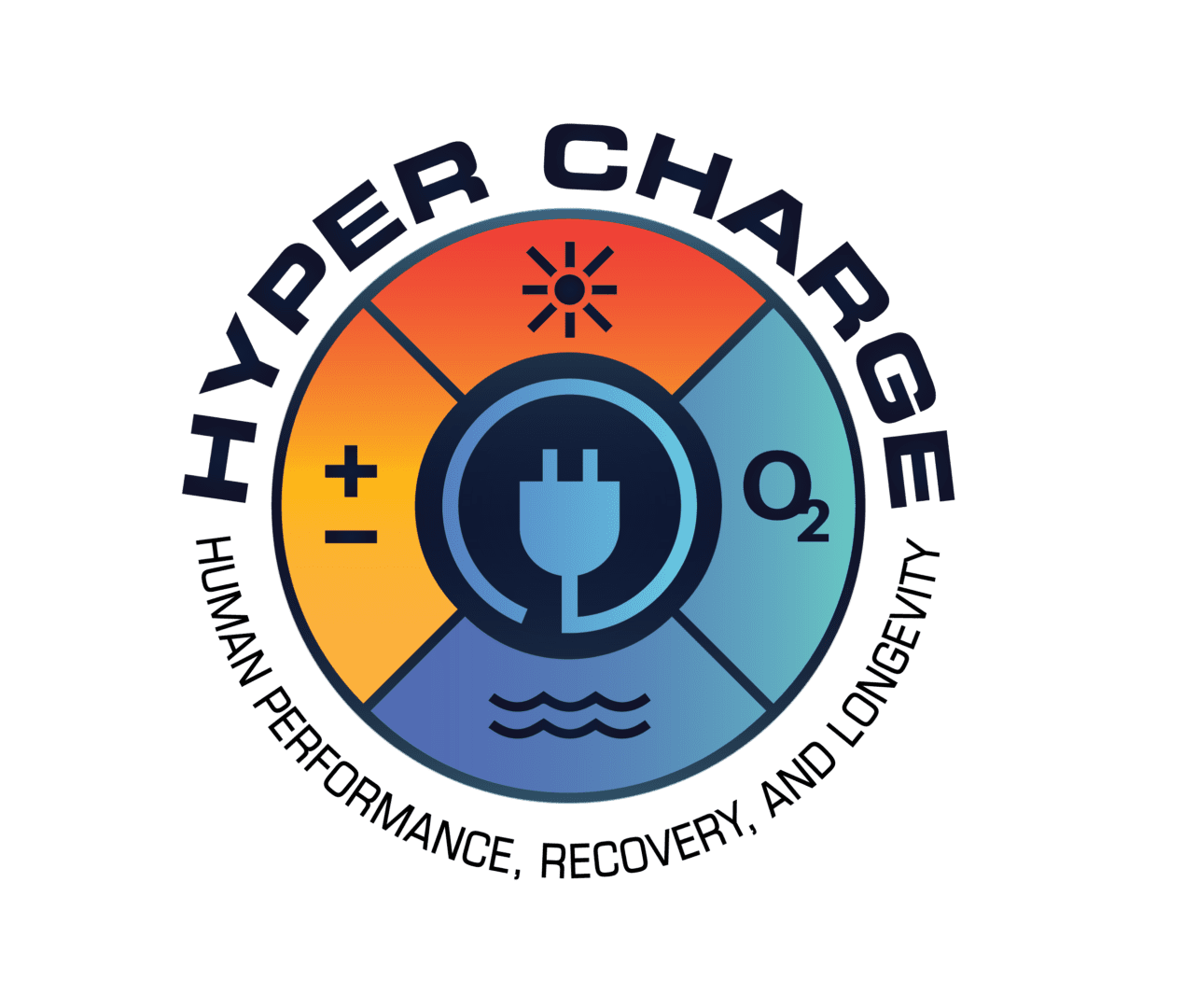You’ve probably heard the term “aerobic exercise,” but are you familiar with anaerobic exercise? Even if you’re not familiar with the term, there’s a good chance that you’ve performed plenty of anaerobic exercises during the course of your life, and that can be very beneficial for your health. In today’s blog, we take a closer look at anaerobic exercise and its health benefits.
What Is Anaerobic Exercise?
Aerobic exercise allows your body to produce energy using a continuous supply of oxygen during the activity without requiring additional energy from another source. With anaerobic exercise, your body needs more energy than it can get from oxygen alone. This occurs when you pursue high-intensity exercise, like sprinting, jumping, weightlifting or any type of interval training. During this high energy exercise, your body demands more oxygen than is currently being supplied by your lungs.
When you’re at an oxygen deficit during exercise, your body has to turn to an energy source stored in your muscles to continue at the current level of activity. The energy source stored in your muscles is called glucose, and your body turns it into energy through a process known as glycolysis. The process occurs quickly during high-intensity workouts, but a byproduct of the process is lactic acid, which is part of the reason why your muscles feel so tired after relying on glycolysis for additional energy. However, if you stick with this type of exercise, your body will begin to notice a number of different benefits, including:
- Increased Lactic Acid Tolerance And Elimination – As your body gets used to high-intensity exercise, your body will be better able to tolerate elevated levels of lactic acid in your body, meaning you’ll fatigue less quickly. Additionally, your body will get better at removing lactic acid from your system, improving your recovery time after exercise.
- Better Bone Strength – Anaerobic exercise has been proven to help increase the strength and density of your bones, which can help ward off problems like osteopenia and osteoporosis.
- Weight Management – Exercise like high-intensity interval training has been shown to be more effective at reducing stomach fat than regular aerobic exercise.
- Metabolism Boost – Anaerobic exercise helps you build and maintain lean muscle mass, and the more lean muscle you have, the more calories you’ll burn during a high intensity workout.
- Decreases Your Risk Of Other Health Conditions – Anaerobic conditioning has been shown to help decrease a person’s risk of some common health issues, like diabetes and heart disease.
- Injury Prevention – Strengthening your muscles through anaerobic exercise can help to protect your joints from acute injury and the effects of microtrauma, which can slow down natural degeneration that occurs with the aging process.
- More Energy – Finally, regular anaerobic exercise increases your body’s natural ability to store glycogen, which is what your body will turn to for energy during your next high intensity workout. In other words, you’ll be able to store more energy for future use, which can give you that extra advantage late in the race or as the seconds are ticking down on the clock.
If you’d like to learn more about anaerobic exercise or work with a team member that can assist you in developing an anaerobic exercise routine that will see you achieve the benefits listed above, reach out to the team at HyperCharge Clinic today at (763) 717-8745.
